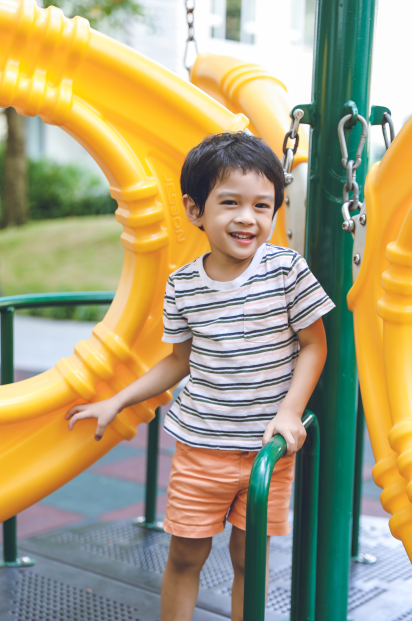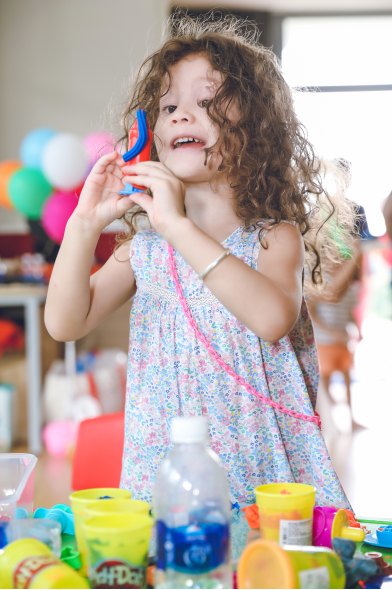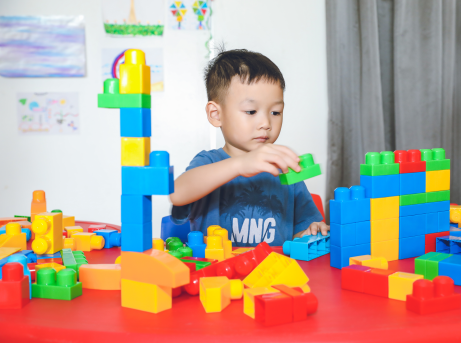Mission
WHY DO WE TEACH?
Quite simply, this picture on the left says it all.
We are the parents of 6 children, our youngest are 15 (and a half!)-year old triplets (Annabelle, Emma Jane and Claire). We care about our students and the families educational goals because our family also attends Spark. We searched for the exact right school for our girls. One that would challenge them in their individual areas of brilliance and could nurture their opportunities for improvement. But we wanted even more…We wanted a school that would engage them, would show them different ways of thinking and would nurture their critical thinking AND creativity.
What we found, was that our approached worked best - not only for our girls, but for many other children too. We love having the opportunity to be a part of our Spark families lives. We take time to know and understand our students in a way that is deep and meaningful. We know when a student is having a “bad day” and when they are on the precipice of a breakthrough in their development. We partner closely with parents, and welcome them into our classrooms. It is after all the whole child approach that utilizes the community of people around them to grow and develop our next generation of leaders, artists, doctors, parents, mathematicians, researchers, and on and on. We are proud to be a part of this community and helping to educate this next important generation.
Joe and Kathryn Evans
Founders, Spark Alternative Learning Center
Vision
Flexibility & Freedom
Each child works at his or her own pace and enjoys freedom of movement around our classroom. Learning happens spontaneously and individually or with a small group. The child is not asked to perform at the level of his or her peers and the child’s peers are not asked to perform at his or her level. Thus, the child is freed to develop and learn things wholly, instead of too quickly or too slowly. It also allows for peer to peer learning in a seamless fashion. Kids with varying skills and abilities work in small groups both helping one another and learning from each other.
Lifelong & Joyful work
The methodology we use believes that a child as a lover of work–intellectual work, spontaneously chosen and carried out with immense joy. The child, at the age of three-years old, begins this work using hands-on materials and manipulative. The child’s journey is continued through out the years, instilling a lifelong love of learning, not hindered by rote memorization and meaningless repetition.
Respect & Peacefulness
The methodology we use is based upon a profound respect for the child and his or her personality. The individual treatment of each child begets harmony and rids the child of the struggle so often associated with competition. Feelings of inferiority are absent from the all of Sparks classes, allowing endless opportunities for mutual help to be peacefully
exchanged by peers and teachers alike.

Whole child approach
The methodology we use embraces and develops the whole child, not just his intellectual faculties. Hands-on activities such as imaginative play, gardening and doing dishes nurture a child’s self-direction and discipline. These activities increase a child’s ability to focus for long periods of time and continue tasks precisely until completed. These skills are then easily applied by the child in their learning.

Active learning
While all learning is active, the term active learning here refers to the conscious design of teaching and learning activities that are student-centered. These types of activities promote student engagement in and responsibility for learning.
Active learning for our student
The most important value is that active learning increases students’ retention and comprehension of the material. Active learning utilizes the students’ knowledge as its foundation. Students have the opportunity to provide personal insights and interpretation, thereby developing their own answers and deepening their understanding. Our process allows students to experiment with ideas, to develop
concepts, and to integrate concepts into systems.
Active learning seeks to engage a greater range of students in effective learning. Furthermore, it positively affects the attitude of students towards themselves and their peers in the process. Further, active learning develops social experiences between our students and teachers. It helps us build a sense of community within our classrooms.
Active learning for our teachers
Active learning concentrates on teaching. It helps us select objectives at the correct level of difficulty to meet our students’ needs. We encourage our students to be responsible for their own learning. Active learning brings our students into the design, organization, thinking, and problem-solving process. Active learning also allows our teachers to function more
effectively as coaches, listeners, and advocates.


